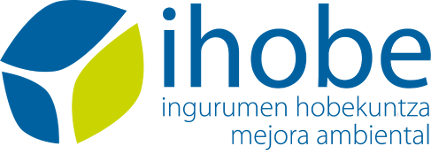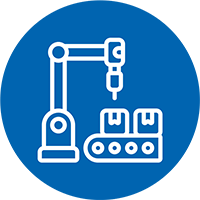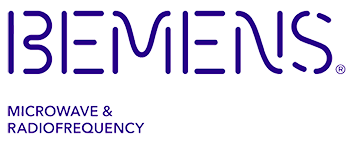MW-ICP
MICROWAVE CURING OF 3D PRINTED SAND CORES
3D printing or Additive Manufacturing is an emerging technology, which, using sand as a raw material, enables sand cores with significant advantages over traditional methods to be manufactured. Aware of this enormous potential, LORAMENDI began working in this field in 2017, seeking 3D industrial sand manufacturing to obtain cores. Therefore, ICP - INDUSTRIALIZATION OF CORE PRINTING, the world's first fully automated integrated 3D printed sand core production solution, was presented at GIFA 2019, offering a serialised process capable of competing with today's mass production. However, the traditional post-processing of core manufacturing by 3D printing in operation with Drying and Curing equipment requires considerable energy consumption (15 kWh/cycle on equipment designed to operate 24 hours a day) and a cycle time that can be improved by about 25 minutes overall. The energy cost, and therefore the cost per part, of the cores is quite high and the process needs to be improved.
LORAMENDI, a company whose activity focuses on the design and supply of global foundry solutions, has developed MW-ICP. BEMENS, a company specialised in the industrialisation of processes that apply microwave technology, and IK INGENIERÍA, an environmental consultancy firm specialising in Life Cycle Analysis (LCA), have been involved in its development.

DRIVING FACTOR
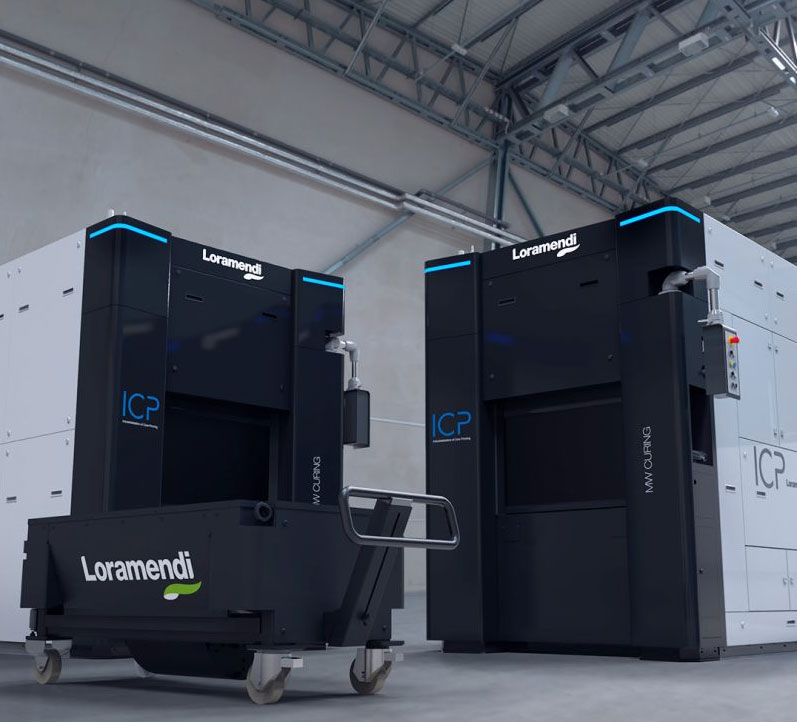
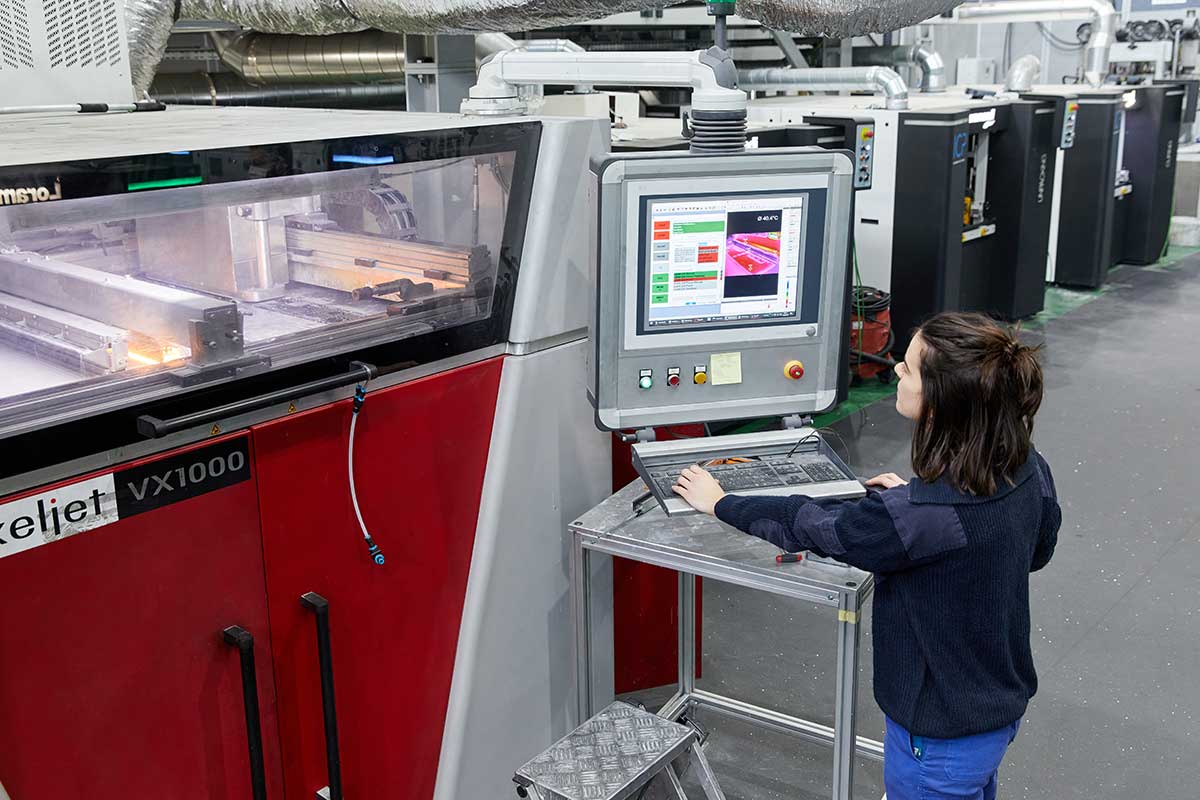
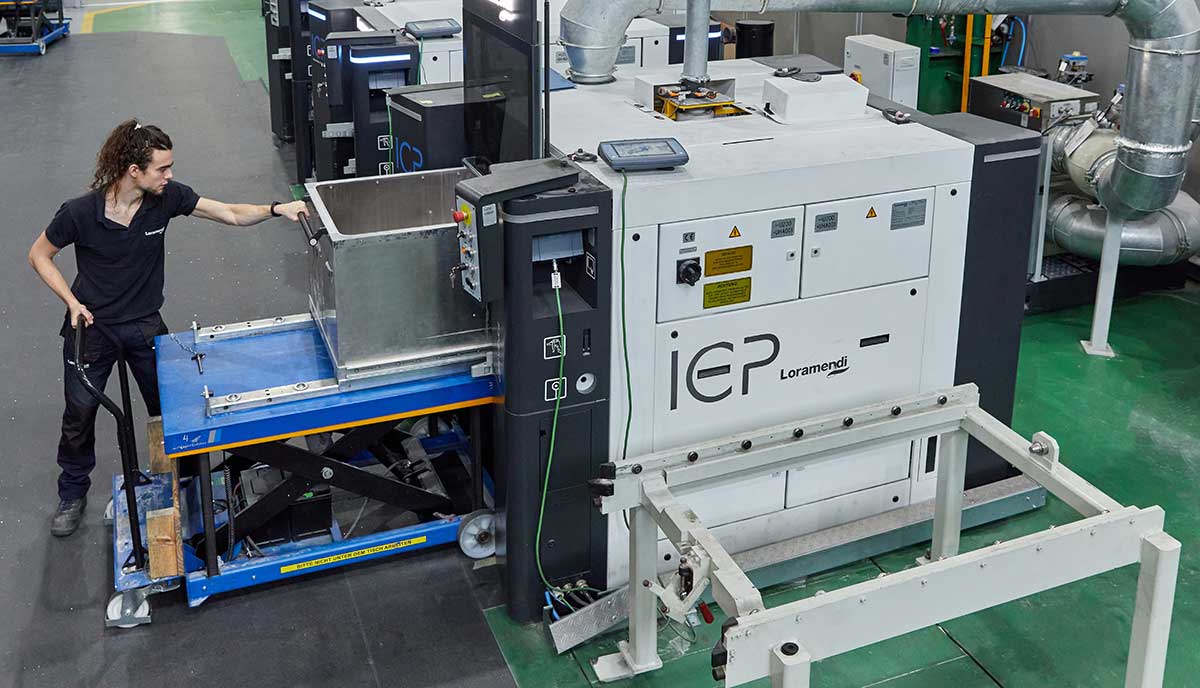
 OBJECTIVES
OBJECTIVES
- Demonstrate the technical, economic and commercial feasibility of new sand core drying and curing equipment by Additive Manufacturing on an industrial scale, incorporating microwave technology and the automation and high vacuum suction required for a serial industrial process in the automotive sector.
- Reduce post-processing energy consumption by 40%.
- Reduce greenhouse gas (GHG) emissions by 50%.
- Reduce cycle time by more than 60%.
 RESULTS
RESULTS
- 50% savings in energy consumption compared to the current alternative.
- 50% GHG emission savings compared to the current alternative.
- Reduction of the overall environmental impact of the process by 38%.
- Cycle time has been reduced by 75% from the initial 25 minutes.
- The implementation of MW-ICP contributes 6% to LORAMENDI's global turnover and provides a 40% reduction in the product manufacturing unit cost.
 CONCLUSIONS
CONCLUSIONS
- Microwave technology is proving to be very efficient in the drying of foundry cores in inorganic processes. Although its implementation and control is complicated, it offers process improvements with a huge impact.
- LORAMENDI has applied for and published a unique company-owned patent related to the drying of sand cores.
- The state of the market (supplier companies, available information in general) in which LORAMENDI finds itself in terms of the information required to carry out an LCA is still very precarious. It is not easy to calculate the environmental impact of a product at the present time.
- MW-ICP will continue its full implementation with technological improvements in microwaves and process optimisation (cycle times, etc...).
ENVIRONMENTAL
TECHNICAL
ECONOMIC
COMMERCIAL
ON THE MARKET
